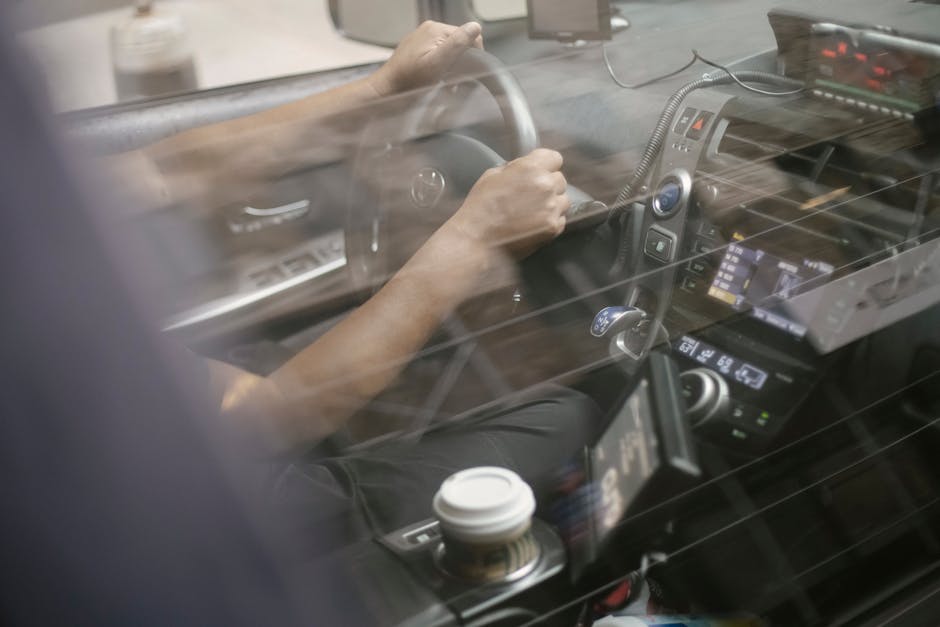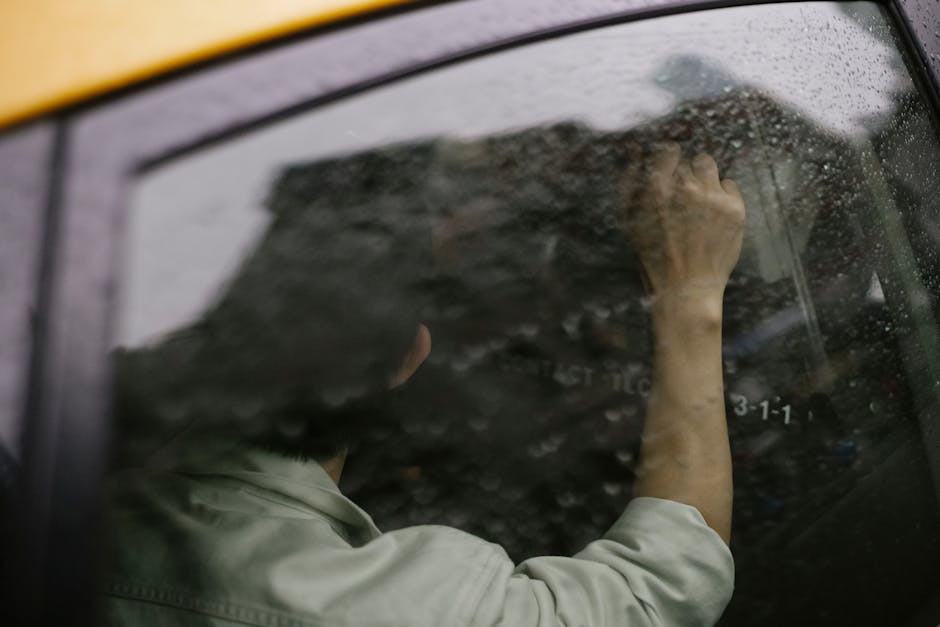 Swipe for more categories
Swipe for more categories 
School Zone Driving Safety Tips
Warning: Undefined variable $post_id in /var/www/dsw/wp-content/themes/DriveSmart_2024_v1.1/single.php on line 27
July 13, 2023
Warning: Undefined variable $post_id in /var/www/dsw/wp-content/themes/DriveSmart_2024_v1.1/single.php on line 75
School Zone Driving Safety Tips
Warning: Undefined variable $post_id in /var/www/dsw/wp-content/themes/DriveSmart_2024_v1.1/single.php on line 76
July 13, 2023
As we navigate through the hustle and bustle of everyday life, driving safely, especially in school zones, is of paramount importance. We often see these zones bustling with children, parents, and school staff during peak hours. Everyone is in a rush, but our singular focus ought to be safety – not just ours but of each individual involved.
This section aims to underline several key tips to promote driving safely in school zones. From understanding traffic regulations to considering the psychology of children, we delve deep into essentials of safe commuting habits. While the tips provided may feel rudimentary, they play a pivotal role in preventing mishaps and ensuring the safety of the most vulnerable among us, the children.
Always Reduce Speed: Mention the significance of slowing down in school areas at all times, regardless of whether children are present.

Photo by Tim Samuel on Pexels
Photo by Kampus Production on Pexels
Driving in school zones has its unique set of rules, with safety being at the forefront. One of the most paramount aspects is speed reduction. Slowing down is not just a legal obligation but also a civic duty to protect our children.
School zones could be bustling with activity at any time of the day. Children might unpredictably run across roads during pass times or after school activities. Regardless of their presence, maintaining a reduced speed at all times ensures that any unexpected events can be managed without causing harm.
Never underestimate the power of an extra second you get by driving slowly – it can make all the difference in the world. Moreover, your cautiousness can encourage other drivers to follow suit, creating a safer environment for our most vulnerable road users.
Remember, when you’re in a school zone, always take it slow. It’s better late than never.
Adhering Strictly to Posted Speed Limits: Explain the necessity of obeying the specific speed limit signage in school zones, which is often less than the regular limit.

Photo by Tim Samuel on Pexels
Adhering strictly to posted speed limits in school zones is a cardinal rule that every driver should abide by.
School zones typically have a significantly reduced speed limit, which is meticulously calculated to ensure the safety of children. These lowered speed limits give drivers ample time to react should a child unexpectedly dart into the street.
Often, children can be unpredictable and may not understand the dangers associated with moving vehicles. Therefore, driving slow allows for extra caution.
Defying this rule not only puts lives at risk but also carries hefty fines and penalties.
Remember, a school zone speed limit isn’t just a suggestion. It’s in place to provide a safe environment for our most precious resource, our children.
Your adherence to these limits goes a long way in preventing accidents and ensuring the well-being of young learners. The lives of children are priceless, and by driving attentively, we can keep them safe.
No Passing on Either Side: Highlight serious dangers and legal penalties associated with passing a vehicle that has stopped for pedestrians.

Photo by Tim Samuel on Pexels
Driving through a school zone requires utmost vigilance and adherence to traffic rules. A critical rule is that passing on either side of a stopped vehicle is strictly prohibited.
When a vehicle stops, it’s a signal that pedestrians, particularly children, may be crossing. Passing in this situation endangers human life and risks a tragic accident. Authorities strictly enforce no-passing rules in school zones and violation can earn harsh penalties.
Ignoring it could lead to heavy fines, license suspension, and increases in auto insurance rates. Moreover, the emotional and psychological toll from causing a preventable accident could be immeasurable.
Your patience could make all the difference in a child’s life. So remember, no passing on either side in a school zone. Play it safe and keep our children safe.
Flashing Yellow School Bus Lights: Provide information on what to do when you see a school bus with flashing yellow lights.

Photo by Erik Mclean on Pexels
Photo by MART PRODUCTION on Pexels
When encountering a school bus with flashing yellow lights, it’s essential we know what to do to maintain everyone’s safety.
This signal implies the bus is preparing to stop and load or unload children. You need to slow down and prepare to stop.
Although different states have varying laws, typically, you must stop at least 20 feet away from the bus. Both directions of traffic must halt until the yellow lights cease flashing, and the stop sign retracts.
Remember, it’s more than just obeying the law — it’s about preserving the safety of our community’s most precious cargo; children. Accidents involving school zones or buses are utterly preventable with attentive and careful driving. Don’t rush, and always anticipate unexpected stops or moves. Stay alert, slow down, and adhere to the flashing yellow lights. It can make all the difference in a child’s life.
School Bus Stop Sign: Discuss the obligation to stop your vehicle when a school bus extends its stop sign.

Every driver has a crucial role in ensuring the safety of children during their commute to and from school. A key aspect of this is paying close attention to the school bus stop sign. This is not just a recommendation – it is a legal obligation.
When a school bus extends its stop sign, all drivers, regardless of the direction they are heading, are required by law to halt their vehicle. This allows children to step onto or off the bus safely, crossing roads if necessary.
Remember, a moment of impatience on the road can lead to irreplaceable loss. So let’s stay vigilant, be patient, and respect the stop signs. Take pride in contributing to a secure commute for our children. Afterall, they are our most precious cargo.
Yield to Pedestrians: Explain the importance of yielding to pedestrians at crosswalks and sidewalks in school zones.

Photo by Tibor Szabo on Pexels
Safety on the roads extends to more than just other vehicles. Pedestrians, particularly in school zones, are key road users that drivers must always be considerate of.
By law, pedestrians have the right of way at all crosswalks and sidewalks. This becomes even more crucial in school zones, particularly during the peak hours of school start and end times.
Taking a few seconds to yield to a pedestrian could be the difference between ensuring safety and causing harm. When you approach a school zone, slow down, stay alert, and be ready to stop. Look out for kids crossing the street or emerging from between parked cars.
Safety always comes first. By yielding to pedestrians, we can maintain a safe environment for our children and instill responsible driving habits for a safer future.
Avoid Distracted Driving: Reinforce the importance of reducing distractions such as mobile phone use, eating, adjusting the radio when driving in a school zone.

Photo by Luis Valencia on Pexels
In the bustling morning and after-school hours, our focus behind the wheel should be at its sharpest, especially in school zones.
Distractions prove fatal, with mobile phone use, eating, and even adjusting the radio contributing to mishaps. Diligently reduce your in-car distractions. Make all necessary adjustments before hitting the road.
Avoid using your mobile phone, unless in an emergency. Even hands-free conversations can lead to momentary lapses in concentration. Refrain from eating while driving, as this divides your attention.
Adjust your car’s settings – mirrors, seat, radio, AC or heat – before you hit the school zone.
Remember, each time we drive distracted, we put precious young lives at risk. Let’s prioritize their safety by avoiding all distractions. This will make school zones safer and more secure for our children to learn and grow.
Practice Patience: Elucidate the importance of patience, especially during drop-off and pick-up times, and avoid rushing or getting irritated by the slower pace.

One of the key elements for ensuring safety while driving in school zones is patience. Navigating through throngs of excited children, stressed parents, and congested traffic can, undoubtedly, feel like a daunting task. However, maintaining an aura of calm can significantly add to not just your safety, but also of those around you.
This is especially true during drop-off and pick-up times when the flurry of activities can effortlessly escalate tension. During these peak hours, expect the pace to slow down and plan your schedule accordingly to avoid rushed decisions. The few extra minutes you take to patiently wait can be pivotal in preventing accidents.
It’s not uncommon to feel irritation creeping in, but impatience can lead to lackluster attention. Remember, your response to these momentary challenges goes a long way in maintaining harmony and safety on the road. Practicing patience is, therefore, not just a virtue, but also a necessity in school zones.
"> /var/www/dsw/wp-content/themes/DriveSmart_2024_v1.1/single.php on line 177
">
"> /var/www/dsw/wp-content/themes/DriveSmart_2024_v1.1/includes/quote-modal.php on line 8
">


